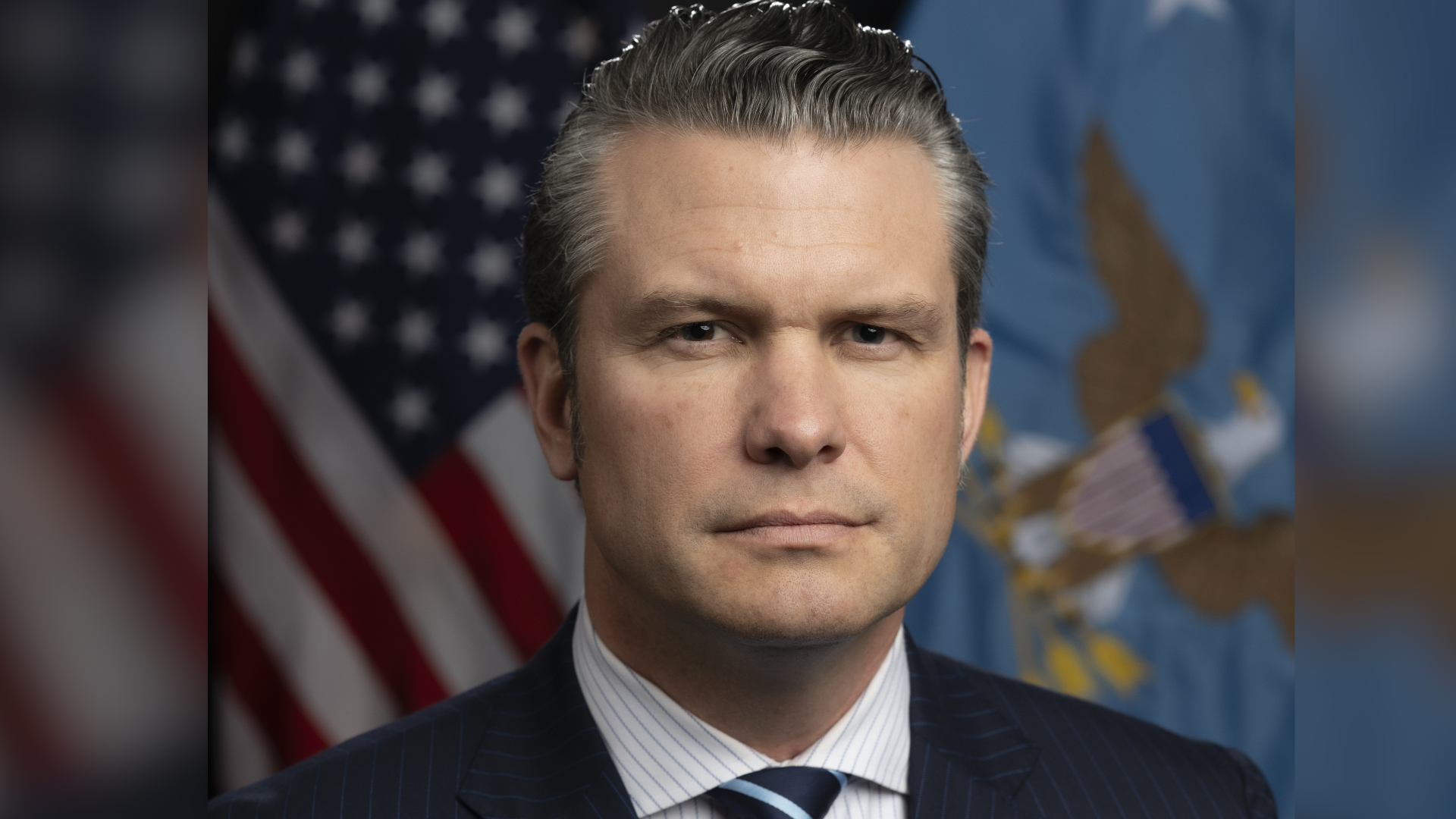(First of Two Parts)

The Philippines is one of the 65 countries around the world that has taken part in the celebration of World Space Week 2012, an event that seeks to promote awareness and development of space science and technology, from October 4 to 10. It was spearheaded by the Department of Science and Technology – Science Education Institute and hosted by University of the Philippines Los Baños (UPLB) . This year’s theme is “Space for Human Safety and Security.”
Astronomical Societies around the country took part in the celebration by organizing “star parties,” which served as gatherings for astronomy enthusiasts and curious individuals to look up to the skies with their telescopes. Other activities during the celebration include forums, exhibits, water rocket competitions, and public viewing of telescopes.
Earlier, the Department of Education has released memos for schools to conduct and participate in activities in relation to World Space Week 2012.
World Space Week is an international celebration of science and technology and their contribution to the betterment of human condition. The United Nations General Assembly declared in 1999 that World Space Week will be held each year from October 4-10. This is to commemorate two important dates in the history of space exploration: the launching of the first man-made satellite, Sputnik 1, on October 4, 1957 and the signing of the Outer Space Treaty on October 10, 1967.
Space Science Defined
Dr. Rogel Mari Sese, coordinator of Astrophysics Research Lab of the UPLB as well as one of the only two professional astrophysicists in the country, explained to SecurityMatters the nature of space science.
“Space science is actually a very broad field. Anything that is related or concerns outer space falls under space science,” he said.
He added, “Anything above 100 kilometers above sea level. Anything that is looking up and looking down beyond the 100 kilometer level is considered as space science.”
Space science, he said, includes astronomy wherein we use telescopes to look up to the sky. “The field of astronomy tries to answer the fundamental questions about the universe like how did the universe originate, where did we come from, and so on,” he explained.
It also includes the aspect of earth observation, which involves satellites orbiting the earth to look down on the earth’s surface.

Space Technology in Everyday Life
Space technology, or the application of space science, has many uses in our everyday lives, according to Sese.
In the aspect of space science, that is “looking down,” we benefit in communications, navigation, and even safety. We get connected with communications satellites across the globe. We also enjoy the benefits of satellite TV. In navigation, the Global Positioning System (GPS) provide one’s current position by getting signals from satellites.
He also took note of remote sensing, that is “using satellites with special cameras so we can observe the earth.” He explained that in agriculture, “We can use images to determine the amount of plant life in a particular area and its level of growth.” With such data, we can predict expected output of crops in a certain area.
He also pointed out that we can use space technology to environment and disaster monitoring. For instance, with the use of satellites, we can see areas affected by disasters like typhoons and flooding. “So malaki ang magiging impact niya dito sa country natin since prone tayo sa typhoons (The impact will be big in our country since we are prone to typhoons).”
He shared that the Philippine Atmospheric, Geophysical, and Astronomical Services Administration (PAGASA), the country’s weather agency, uses such to determine the path of typhoons. Also, the agency relies on satellite data to monitor day-to-day weather.

Space Technology and National Security
In terms of national security, space science would have its applications in terms of surveillance.
Relating to the recent incidents of Chinese intrusion in the West Philippine Sea, Sese said that by “using satellite technology, we can easily determine kung ‘yung borders natin ay na i-infringe na ng foreign country. Kasi kitang-kita yan sa satelite images (We can easily determine if our borders are being infringed by another country. It can be seen in satellite images).” He added, “Also, most ships can transmit signals that can be detected by satellites.”
But he emphasized that access to satellite data is the greatest concern to national security. “We only have one working satellite,” he revealed, pertaining to the Agila 2 satellite that was launched in 1997.
He revealed, “But I think there are plans for decommissioning the Agila satellite. So that means that all data that we receive from the satellite and all data that we have is actually coming from foreign satellites.”
“The access to satellite data is a matter of national security from communications to weather data, weather monitoring, disaster monitoring, and so on, ” he said.
So he underscored the importance of having our own satellite. “So it’s imperative na yung Philippines ay magkaroon ng sarili nating satellite na tayo mismo yung nagmamanage at hindi tayo dependent sa ibang bansa. Kasi the moment na sabihin nila na ‘Ay, hindi na namin kayo bibigyan ng access,’ wala na tayong magagawa (So it is imperative that the Philippines should have its own space satellite which will be managed by Filipinos and so that we are not dependent on other countries. Because the moment they decide to not provide us access to satellite data, there is nothing we can do.).”
In today’s world, access to satellite data and services for communications, weather and disaster monitoring, navigation, and even surveillance, as mentioned earlier, is a matter of national security. And, truly, there are many other applications and benefits from it. But the development of space science and technology requires tremendous amount of resources, skills, manpower, and research from a country. Given such circumstances, is the Philippines moving forward in developing its space science and technology capability?
(To be continued)





